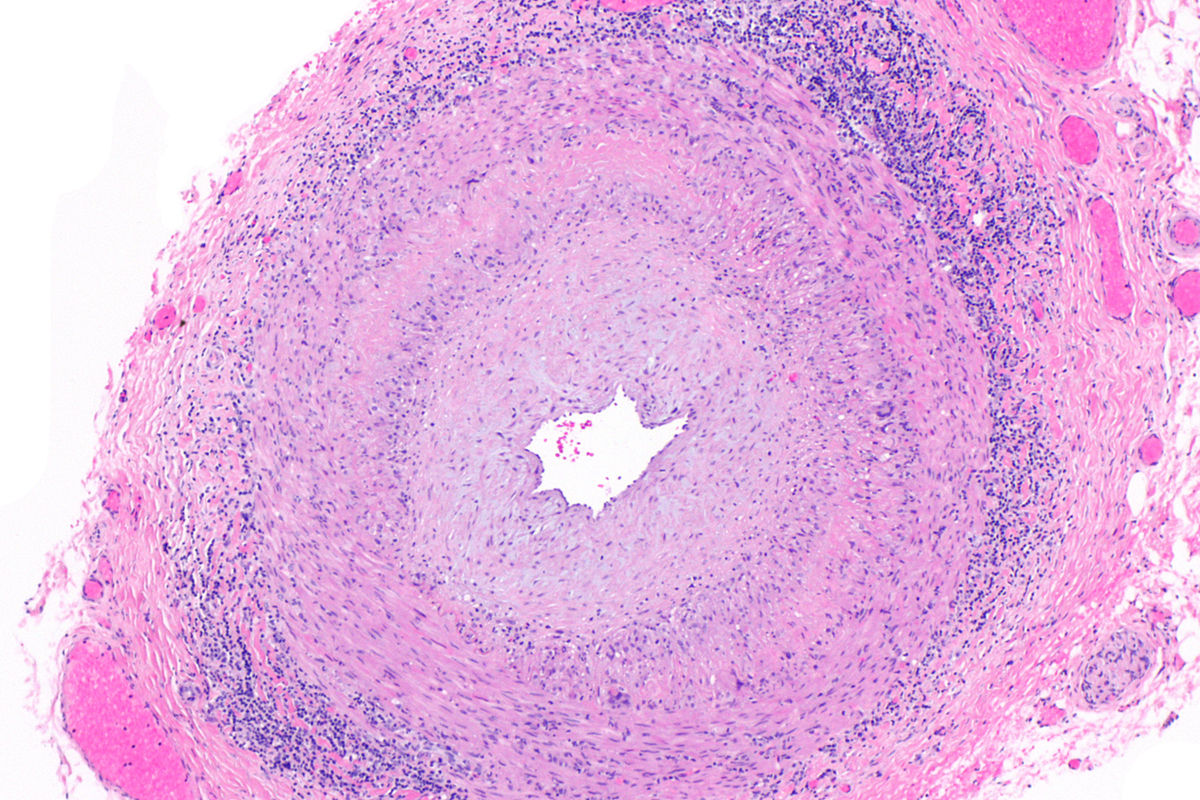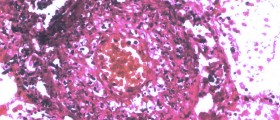
Giant cell arteritis
Giant cell arteritis is the medical term for the inflammation of the lining of the arteries. The arteries are the blood vessels that transport the blood rich in oxygen from the heart to the rest of the body. Giant cell arteritis, in the majority of cases, affects those arteries that are in the head, in the temples. Therefore, the other name for giant cell arteritis is temporal or cranial arteritis. It must be treated immediately when discovered, because if giant cell arteritis is left untreated, it may cause serious complications, such as blindness and stroke. The treatment of giant cell arteritis usually includes corticosteroid medications, which are very effective in reducing the symptoms of this condition and preventing vision loss.
Symptoms of giant cell arteritis
Giant cell arteritis has characteristic symptoms. The most common signs of this disorder are severe pain in both temples, although there are those who only experience pain in one temple or in the front of the head. When this condition is in its initial stage, the symptoms resemble those of the flu. Those symptoms are myalgia or muscle pains throughout the body, fatigue, fever, and headaches. Furthermore, the symptoms of giant cell arteritis that may occur are blurred or double vision, sudden permanent loss of vision in one eye and unexplained loss of weight.
People who suffer from giant cell arteritis may feel the scalp tenderness, for example, but they can also experience a pain when combing or when putting the head on the pillow. This happens particularly when the arteries are inflamed. One of the symptoms of this disorder is jaw claudication, which is the pain in the jaw while chewing. Moreover, those people with giant cell arteritis may develop a related disorder called polymyalgia rheumatica and the most common symptoms of this condition are pain and stiffness in the neck, arms or hips.
Risk factors for giant cell arteritis
The real cause for the occurrence of this condition is still not discovered. Yet, there are several potential factors that may increase the risk of developing it. Giant cell arteritis is more common in elderly population over 50 years of age. Furthermore, this condition is more frequent in women than in men. People born in Northern Europe of Scandinavian origin are at higher risk of developing this condition than the rest of the world’s population. Blindness, aortic aneurism and stroke are only some of the complications that may be caused if giant cell arteritis is not treated promptly.

















Your thoughts on this
Loading...